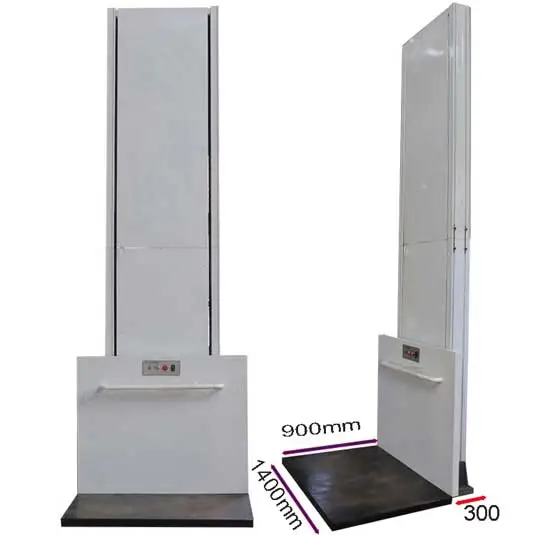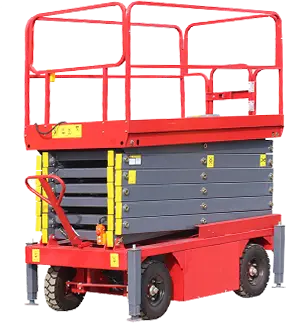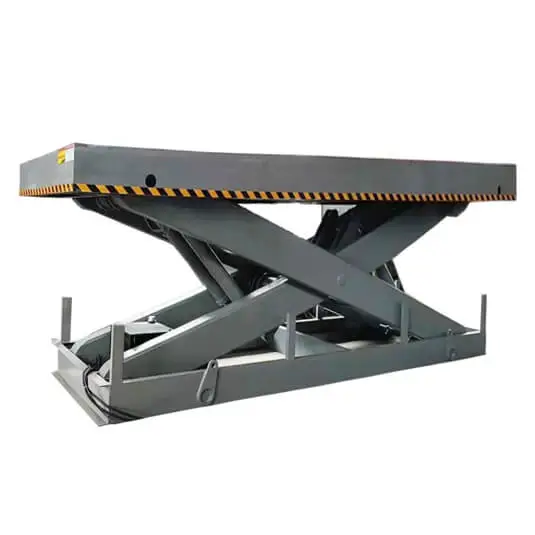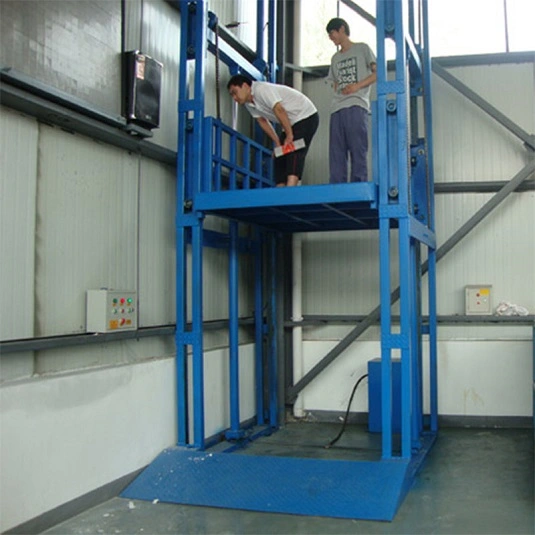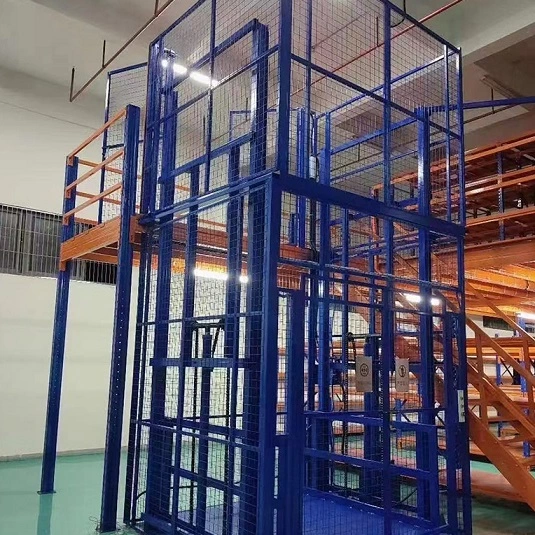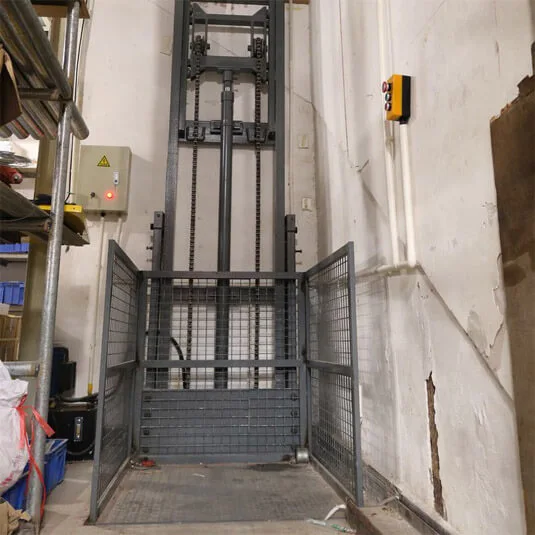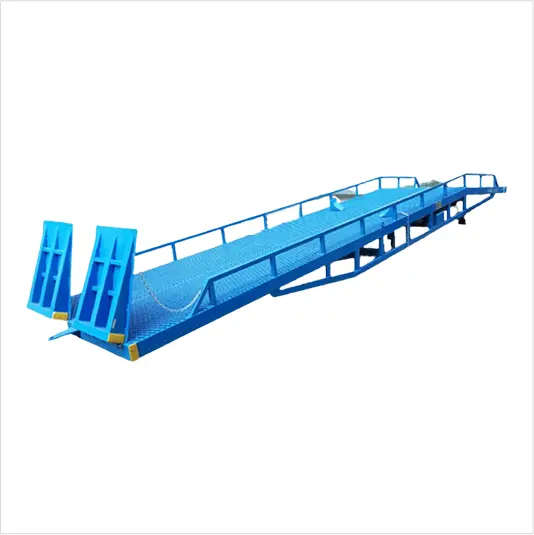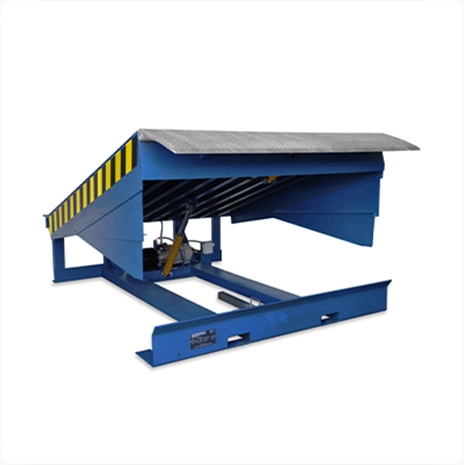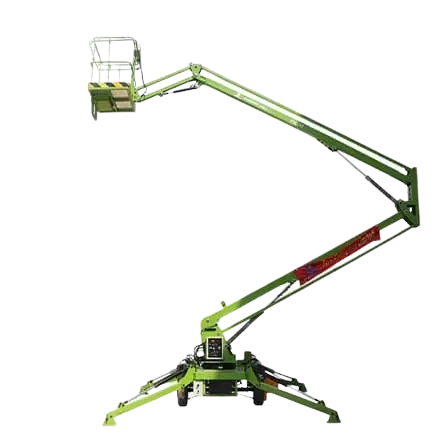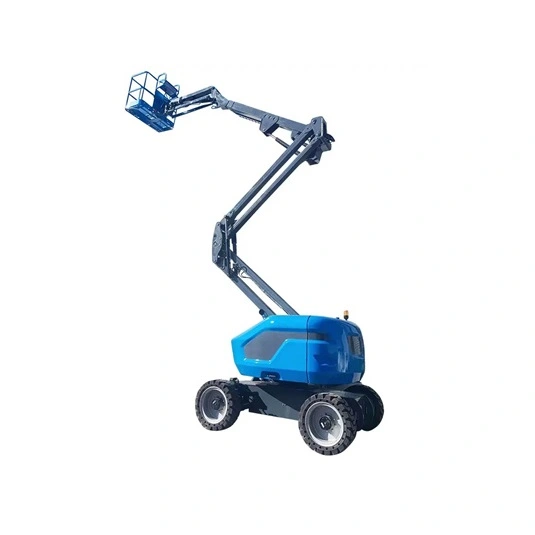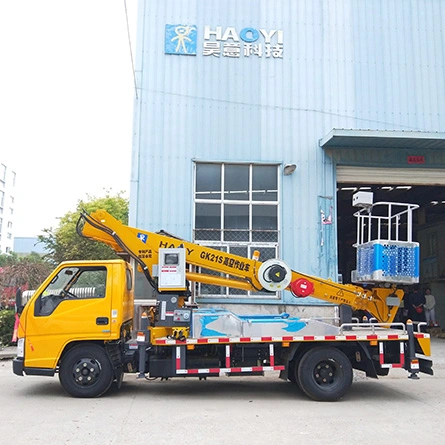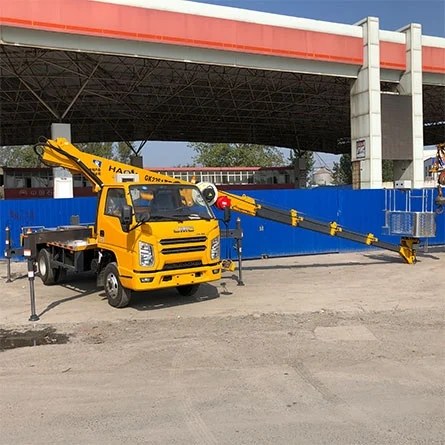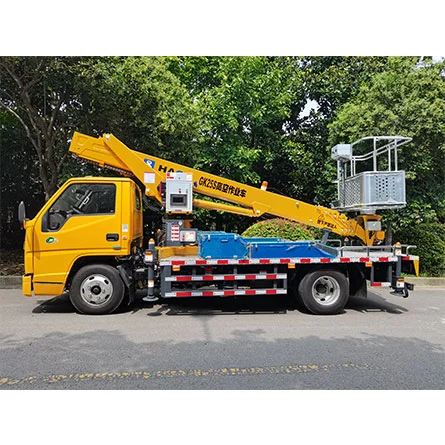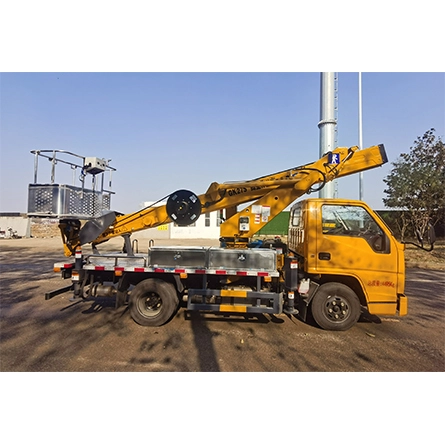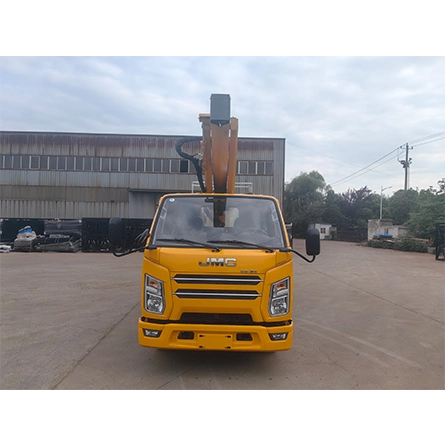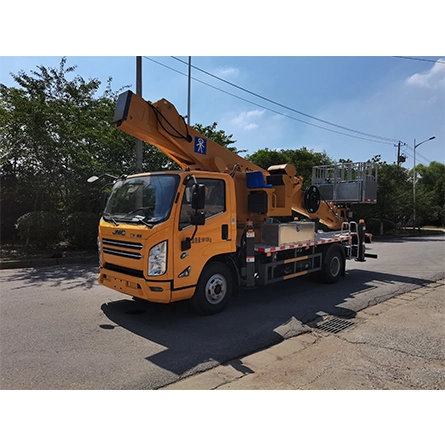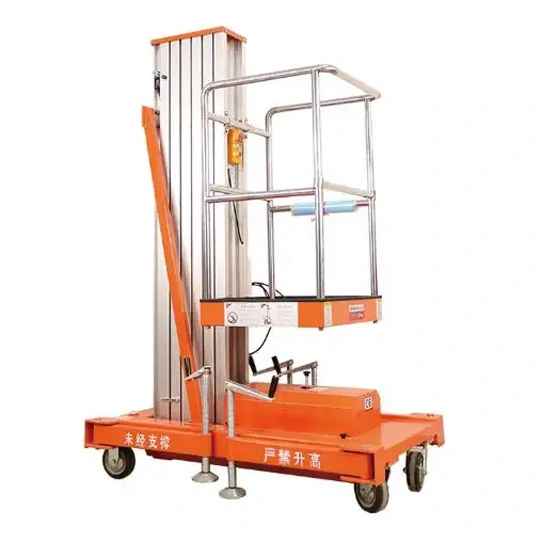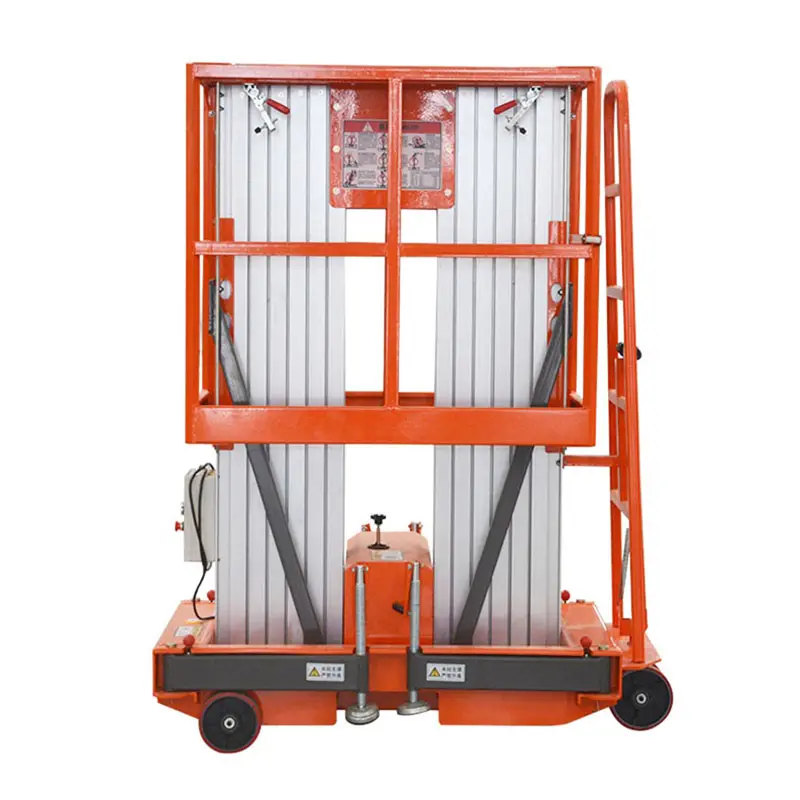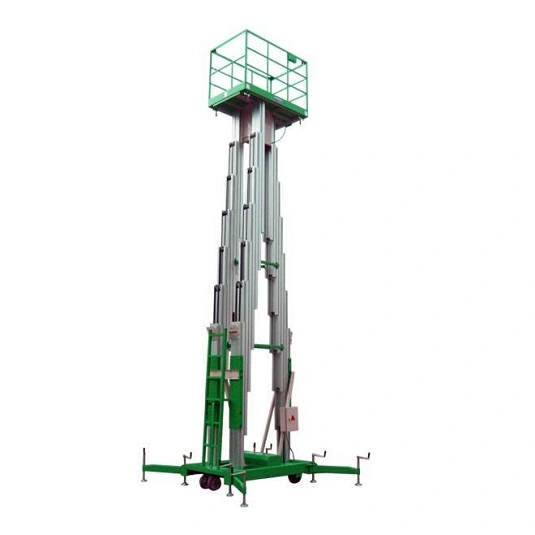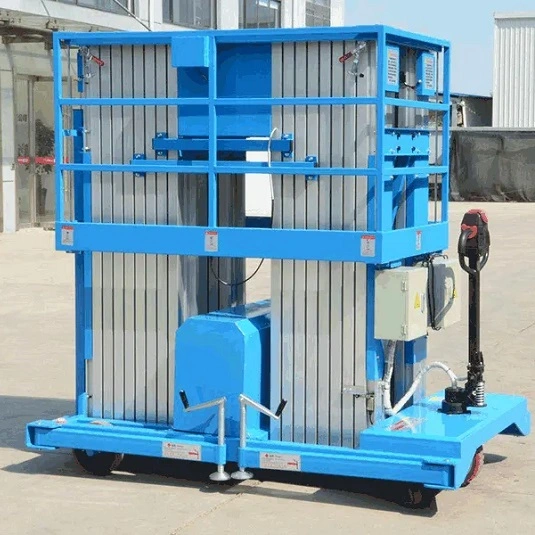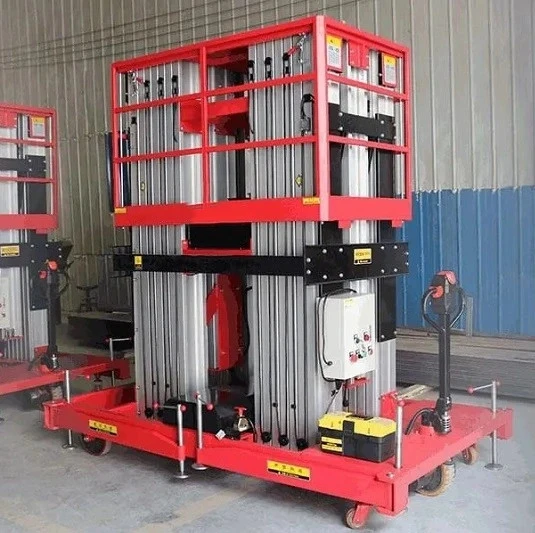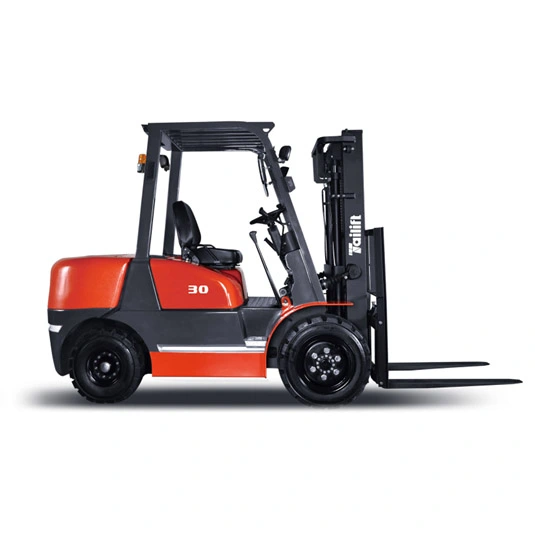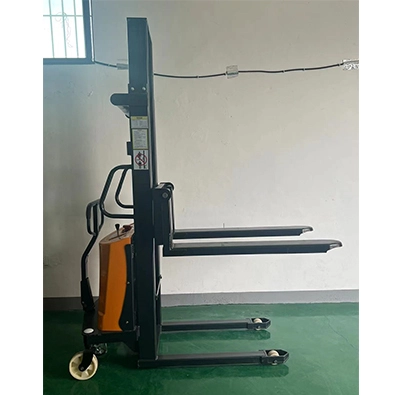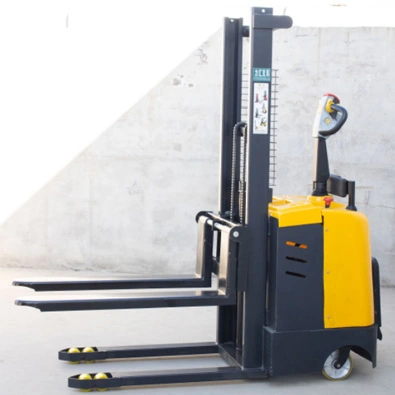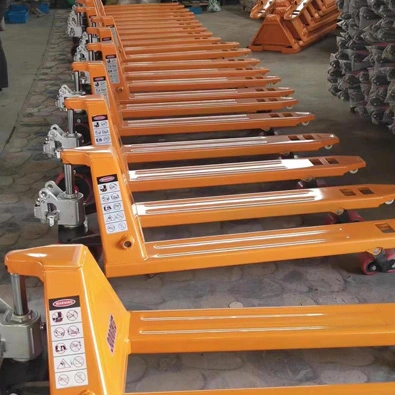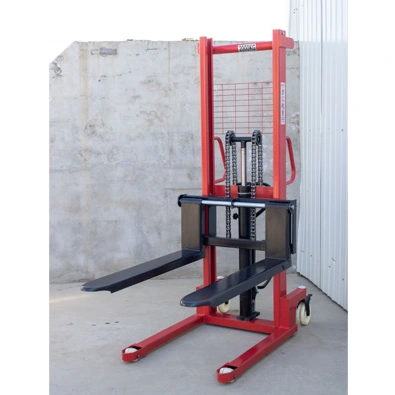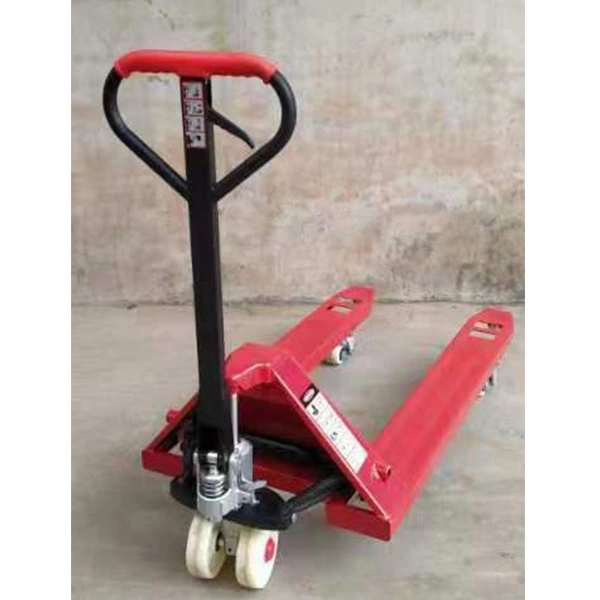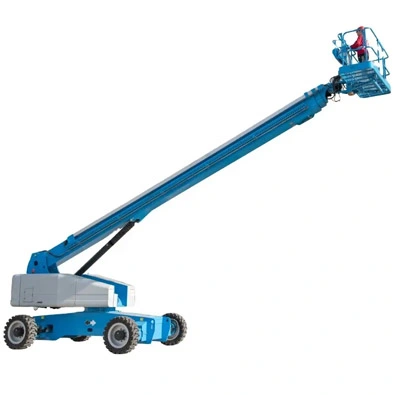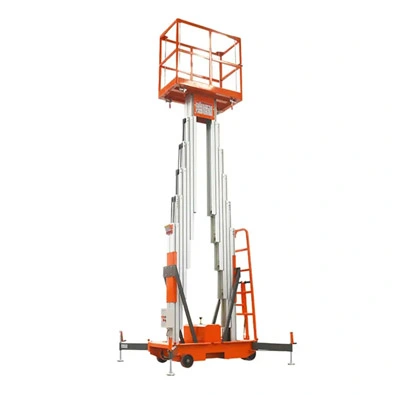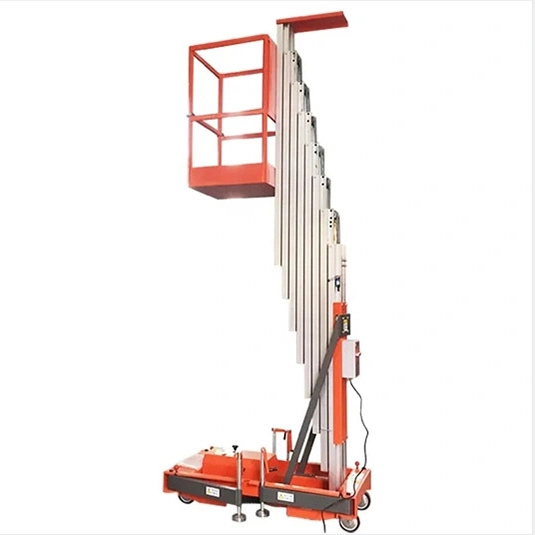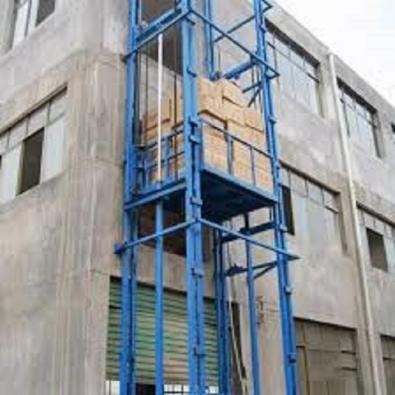When it comes to lifting heavy loads and providing elevated access, hydraulic scissor lifts are an essential tool in various industries. These versatile machines utilize a scissor-like mechanism powered by hydraulic cylinders to raise and lower platforms, making them ideal for tasks that require vertical mobility. In this article, we will explore the three primary types of hydraulic scissor lifts: self-propelled scissor lifts, mobile scissor lifts, and stationary scissor lifts. Let's dive in and discover how each type serves specific purposes and contributes to enhanced productivity in different work environments.
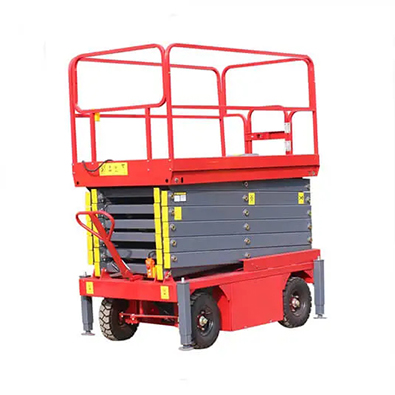
Self-Propelled Scissor Lift:
Imagine having a scissor lift that is both your platform and your mode of transportation—an all-in-one solution to move effortlessly around your work area. This is where self-propelled scissor lift come into play. These lifts are equipped with their own propulsion system, usually powered by electric or diesel engines, allowing operators to drive and maneuver them independently.
Self-propelled lifting platform are popular in construction, maintenance, and warehousing industries, where mobility and convenience are key. Whether you need to transport materials across a large warehouse or access different areas on a construction site, a self-propelled scissor lift offers the flexibility and efficiency you require. With their compact design and precise controls, they can navigate tight spaces and provide access to elevated work areas with ease.
Mobile Scissor Lift:
Have you ever needed a scissor lift that can be easily transported from one location to another? Mobile scissor lift platform is designed precisely for that purpose. These lifts feature wheels or casters that enable easy movement and relocation within a workspace or between job sites.
Mobile scissor lifts are invaluable in industries that require frequent equipment repositioning, such as facility maintenance, painting, and installation services. With their portability and quick setup, they offer a time-saving solution for accessing elevated areas without the need for specialized transportation equipment. Their mobility allows workers to efficiently complete tasks at different locations, increasing productivity and reducing downtime.
Stationary Scissor Lift:
While self-propelled and mobile scissor lifts are designed for on-the-go applications, there are instances where a fixed lifting solution is more suitable. Enter the stationary scissor lift—a reliable and robust lifting apparatus that remains in a fixed location.
Stationary hydraulic scissor lift is commonly found in manufacturing facilities, automotive workshops, and loading docks. They provide a stable platform for lifting heavy loads, enabling efficient material handling and facilitating processes like assembly, packaging, and loading/unloading. Unlike their mobile counterparts, stationary scissor lifts are anchored in place, ensuring a secure and stationary platform for repetitive lifting operations.
Hydraulic scissor lifts offer immense versatility and efficiency in various industries, enabling workers to safely access elevated areas and lift heavy loads. Whether you require mobility and independent maneuverability, quick relocation between job sites, or a stable lifting solution in a fixed location, there is a hydraulic scissor lift that fits your needs. Understanding the distinctions between these types of scissor lifts allows you to make an informed decision when selecting the right equipment for your tasks.
So, whether you're a construction professional, a facility manager, or an industry expert, consider the advantages offered by hydraulic cylinder scissor lift. They are powerful tools that improve productivity, enhance safety, and make elevated access more accessible than ever before.
Related topics recommendations:
lightweight articulating boom lift
electric hydraulic scissor lift
Narrow electric articulating boom lift
25m scissor lift
Vehicle mounted boom lift
Scissor lift maintenance
Articulating boom lift definition

